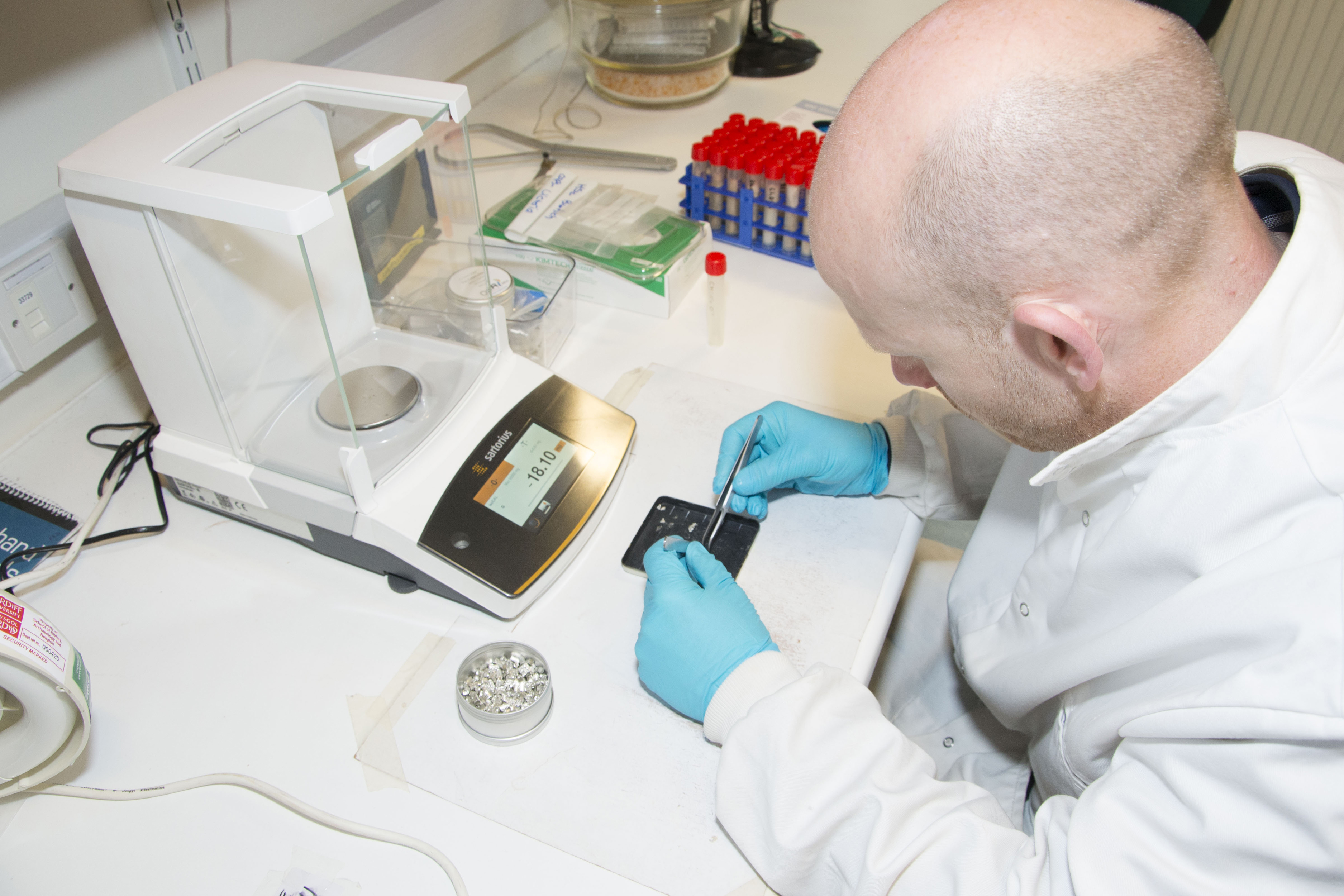Want to Know Who Partied at Stonehenge? Look at the Pig Bones
People travelled from far and wide to pig out at Stonehenge 4,500 years ago, according to a study published Wednesday in Science Advances.
Pigs raised in locations across the British Isles ended up on the potluck menu at megalithic ritual sites like Stonehenge and Avebury, said the study's authors, led by Cardiff University archaeologist Richard Madgwick.
Madgwick's team studied the remains of 131 pigs found at major feasting sites and discovered that some animals probably hailed from locations in Scotland, northeast England, and Wales. Since it would have presumably been much easier to obtain pigs at the ritual sites, the authors speculate that visitors were encouraged to laboriously haul their animals across tens or hundreds of kilometers as offerings for the feasts.
"Arguably, the most startling finding is the effort that participants invested in contributing pigs that they themselves had raised," said Madgwick and his co-authors in the study. This suggests that "rules dictated that offered pigs must be raised by the feasting participants, accompanying them on their journey, rather than being acquired locally."
 Madgwick conducting isotope analysis of pig samples. Image: Cardiff University
Madgwick conducting isotope analysis of pig samples. Image: Cardiff UniversityMadgwick, along with co-authors Jane Evans, Angela Lamb, and Umberto Albarella, used isotope analysis to map out the possible origins of pigs brought to these pork roasts.
Elements like strontium, oxygen, and sulfur leave isotopic signatures in bones and teeth that contain clues about what specimens ate and where they lived. The study analyzed five isotopes, making it "the largest dataset of multiple isotope methods yet applied to fauna in archeological research," the team said.
The pig remains were sourced from four major henge complexes: Durrington Walls at Stonehenge; West Kennet Palisade at Avebury; Marden, which is about halfway between Stonehenge and Avebury; and Mount Pleasant, which is farther south in Dorchester.
The analysis confirmed that the pigs consumed in these complexes were raised in many different environments. Eight of the samples had unique signatures that suggested matches with isolated pockets of Wales, the Malvern Hills in western England, the Lake District, or Scotland.
Read More:It's Him: Richard III Is the Oldest Successful DNA Identification Case
"Some areas with distinctive signals can be pinned down but some regions will probably always overlap," Madgwick told Motherboard in an email. In other words, it's difficult to pinpoint the exact communities the pigs were reared in, but the team did provide compelling evidence that the feasts were supplied from diverse locations.
People have long marveled at the sophistication required to build sites like Stonehenge. Madgwick and his colleagues have now shown that a vast social network continued to feast together at the complexes after they were built, often at winter events that hosted as many as 4,000 people.
"After more than a century of debate concerning the origins of people and animals in the Stonehenge landscape, these results provide clear evidence for a great volume and scale of intercommunity mobility in Late Neolithic Britain, demonstrating a level of interaction and social complexity not previously appreciated," Madgwick's team said.
Get six of our favorite Motherboard stories every dayby signing up for our newsletter.